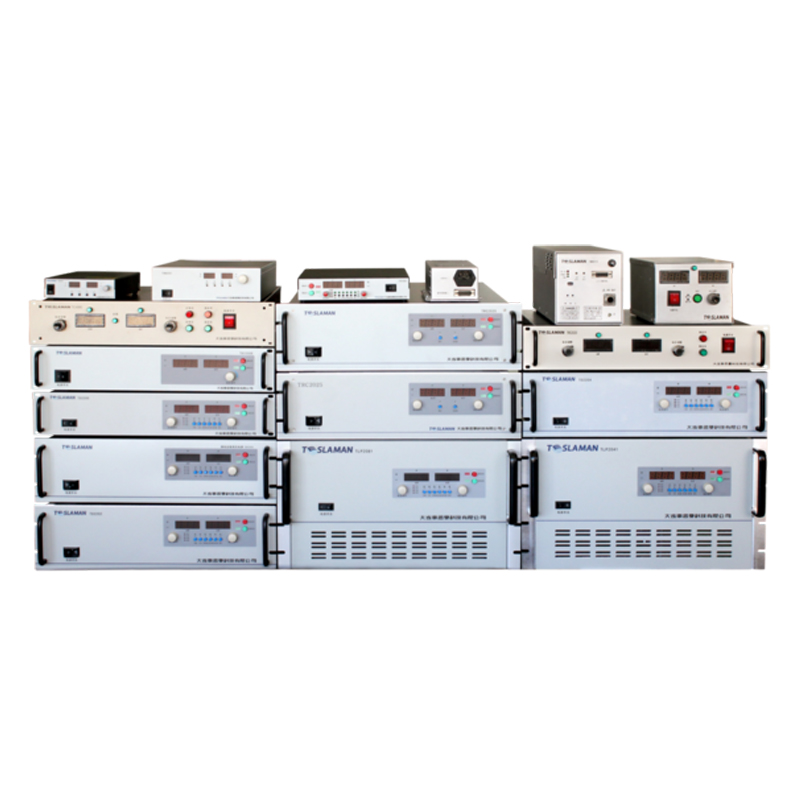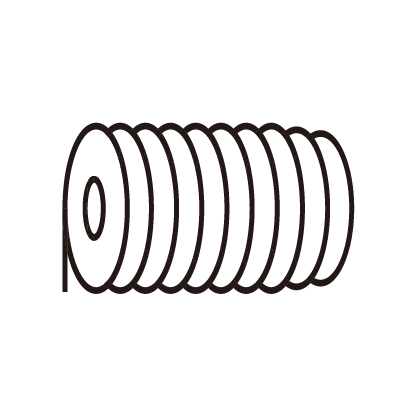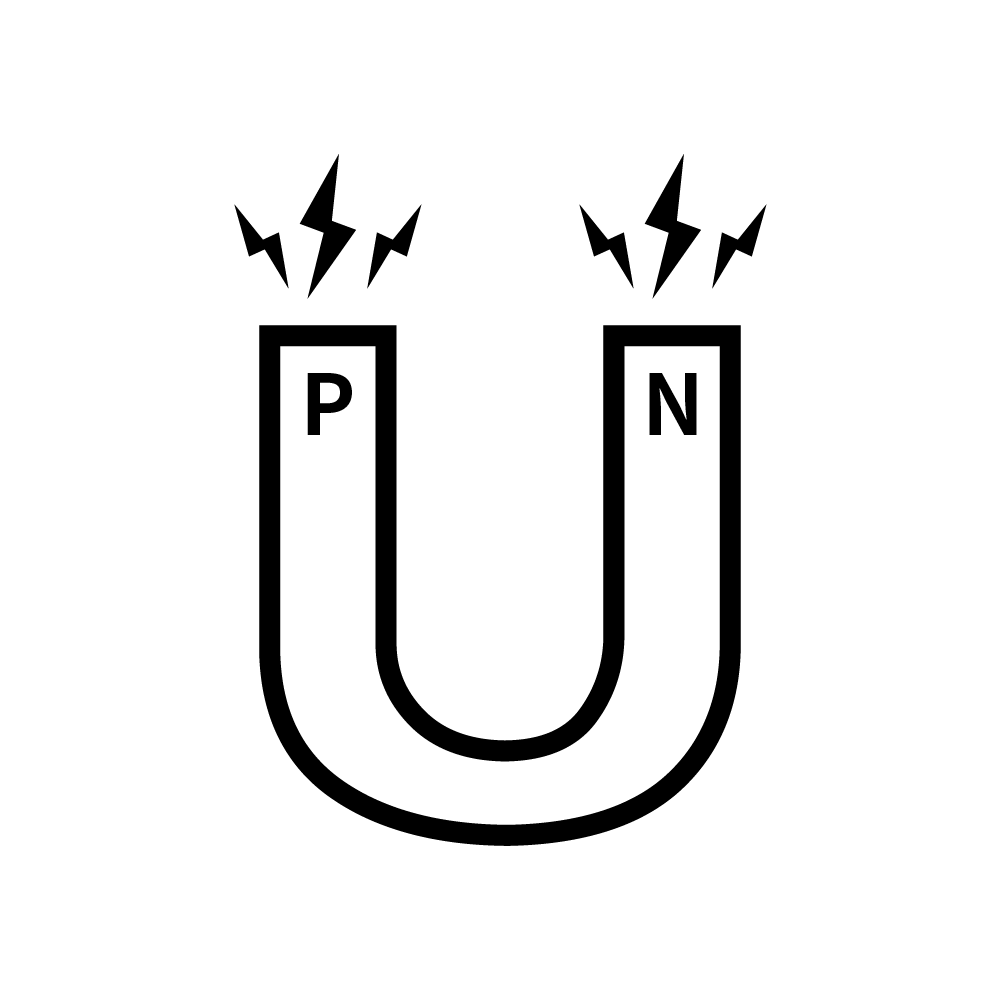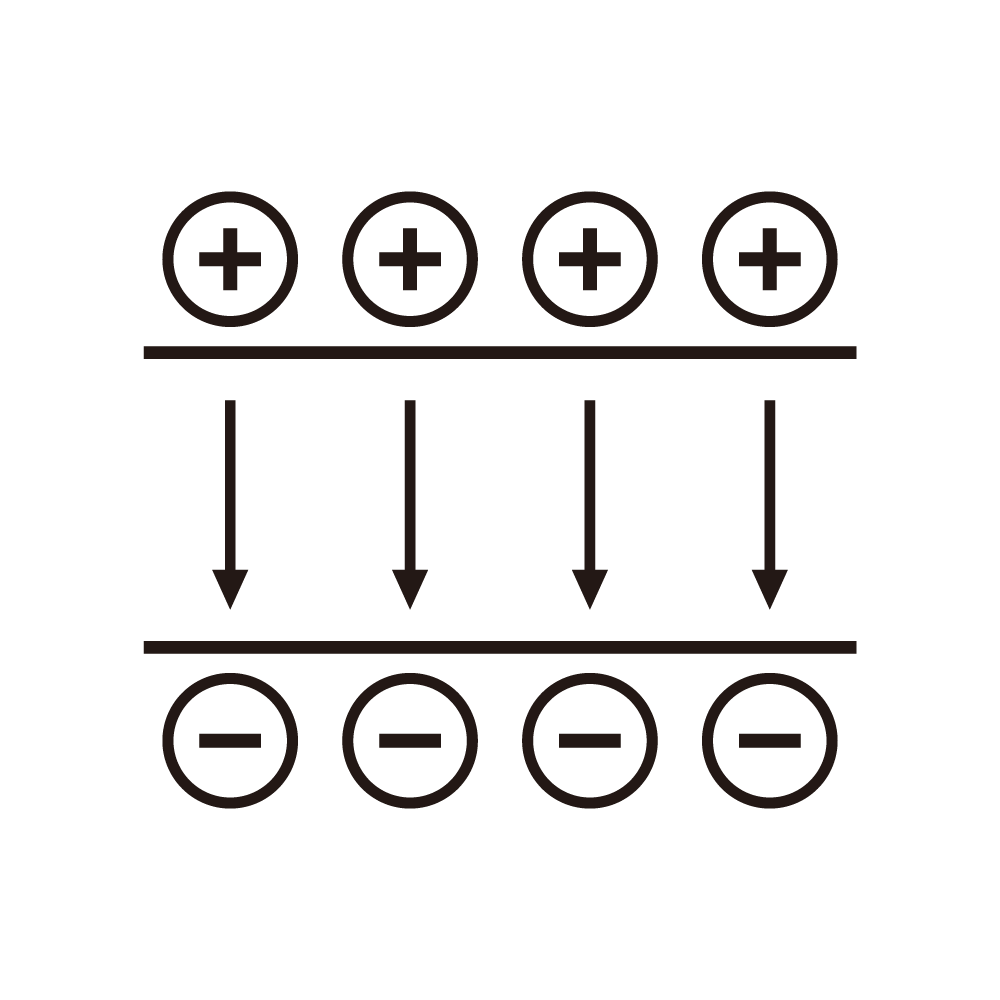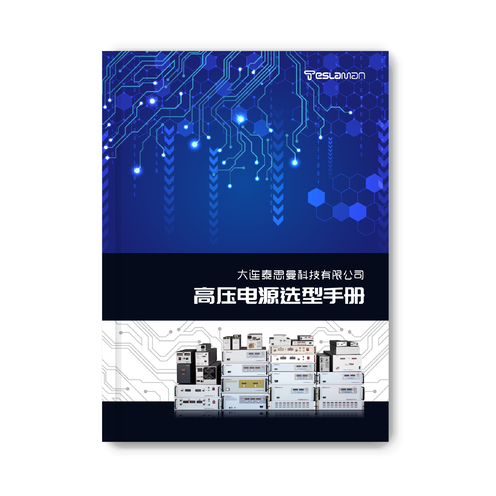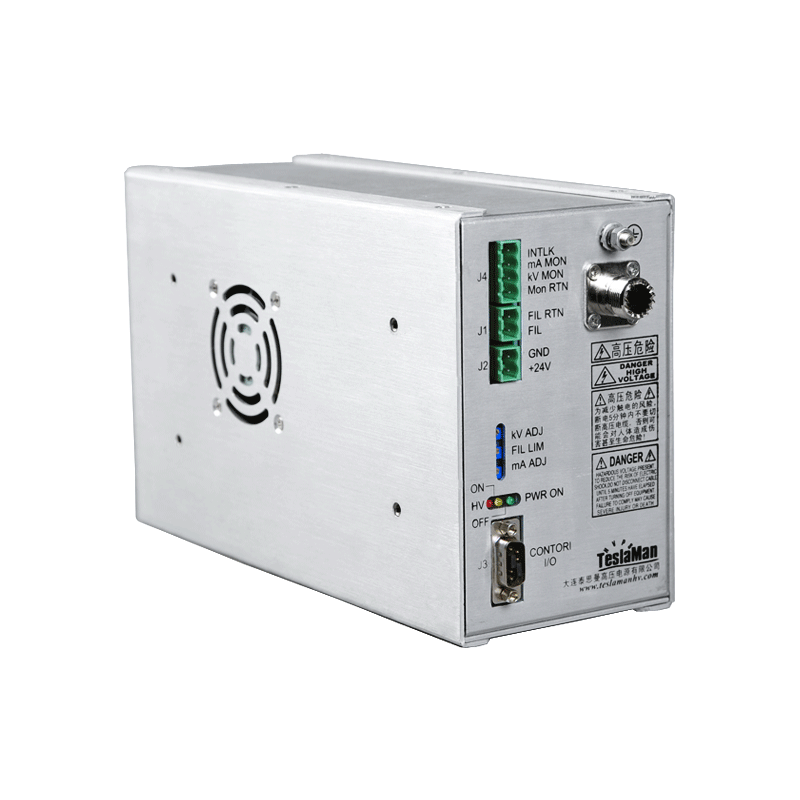Optimization of Etching Selectivity in Etching High Voltage Power Supplies
In precision fields such as semiconductor manufacturing and micro electromechanical system (MEMS) processing, the etching process is a crucial step for achieving fine pattern transfer and material removal. The etching high voltage power supply, as the core component driving the etching process, the optimization of its etching selectivity is of great significance for improving product quality and reducing production costs.
The etching high voltage power supply generates plasma by applying a high voltage in a specific gas environment. Reactive particles such as ions and free radicals in the plasma undergo physical and chemical reactions with the material to be etched, thereby achieving material removal. Etching selectivity, that is, the difference in etching rates between the target material and the mask material or other materials that do not need to be etched, is an important indicator for measuring the quality of the etching process. High etching selectivity means that when removing the target material, other materials can be protected from damage to the greatest extent, thus ensuring the integrity and accuracy of the fine structure.
There are many factors affecting the etching selectivity of the etching high voltage power supply. First of all, the output voltage and frequency of the power supply. Different combinations of voltage and frequency will change the excitation state of the plasma and the energy distribution of reactive particles. A higher voltage can enable ions to obtain greater energy, enhancing the etching ability of the target material, but at the same time, it may also increase the risk of damage to the mask material. The change in frequency will affect the generation efficiency of the plasma and the bombardment frequency of ions, thus affecting the etching selectivity. For example, in some cases, the output of a power supply with a lower frequency can make reactive particles act more concentratedly on the target material, improving the etching selectivity.
The type and flow rate of the gas are also key factors. Different gases will generate different types of reactive particles in the plasma, and the chemical reaction activities of these particles with different materials are significantly different. For example, fluorine containing gases are often used to etch silicon based materials because fluorine free radicals can have a strong chemical reaction with silicon, while having a lower reaction activity with some mask materials such as photoresist, which is conducive to improving the etching selectivity. At the same time, the precise control of the gas flow rate can adjust the concentration of reactive particles in the plasma, thereby affecting the etching rate and selectivity.
In order to optimize the etching selectivity, on the one hand, the parameters of the high voltage power supply can be accurately regulated. Through a combination of experiments and simulations, an accurate model between voltage, frequency and etching selectivity is established for different etching materials and process requirements, so as to achieve precise setting of power supply parameters. On the other hand, advanced power modulation technologies such as pulse modulation are adopted. The pulsed power supply output can reduce the continuous damage to non target materials while ensuring effective etching, and improve the etching selectivity. In addition, reasonable selection and optimization of the gas formula and flow control are also important means to improve the etching selectivity. By real time monitoring of parameters such as the plasma state and etching rate during the etching process, the gas flow rate is dynamically adjusted to ensure that the etching process always maintains a state of high etching selectivity.
In conclusion, the optimization of the etching selectivity of the etching high voltage power supply is a complex process involving the synergistic effect of many factors. Through the fine regulation and optimization of power supply parameters, gas conditions and modulation technologies, the performance of the etching process can be significantly improved, meeting the growing manufacturing requirements for high precision and high reliability, and promoting technological progress in related fields.
